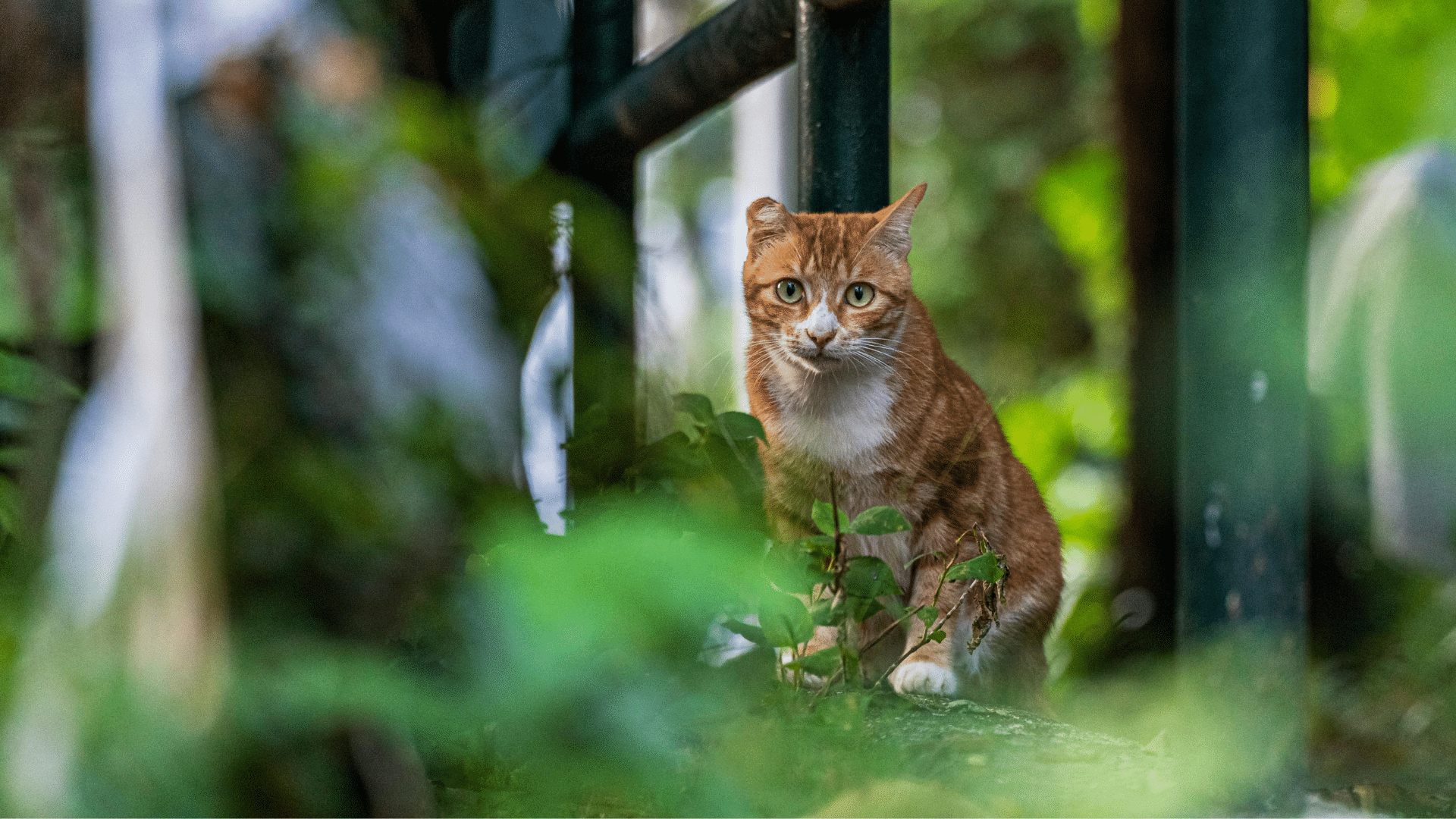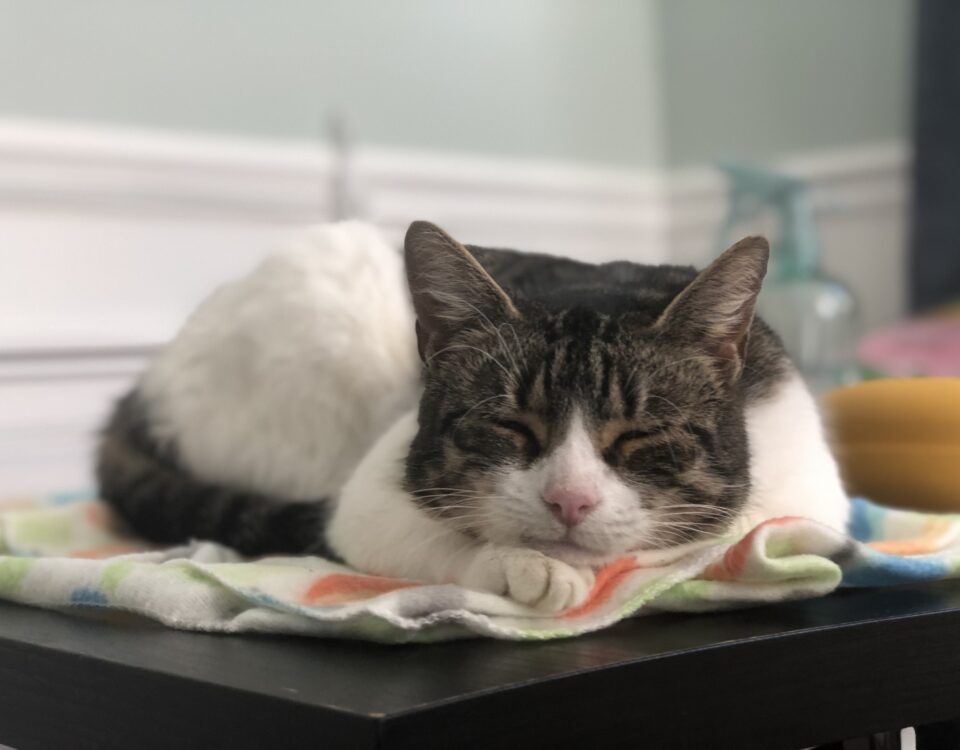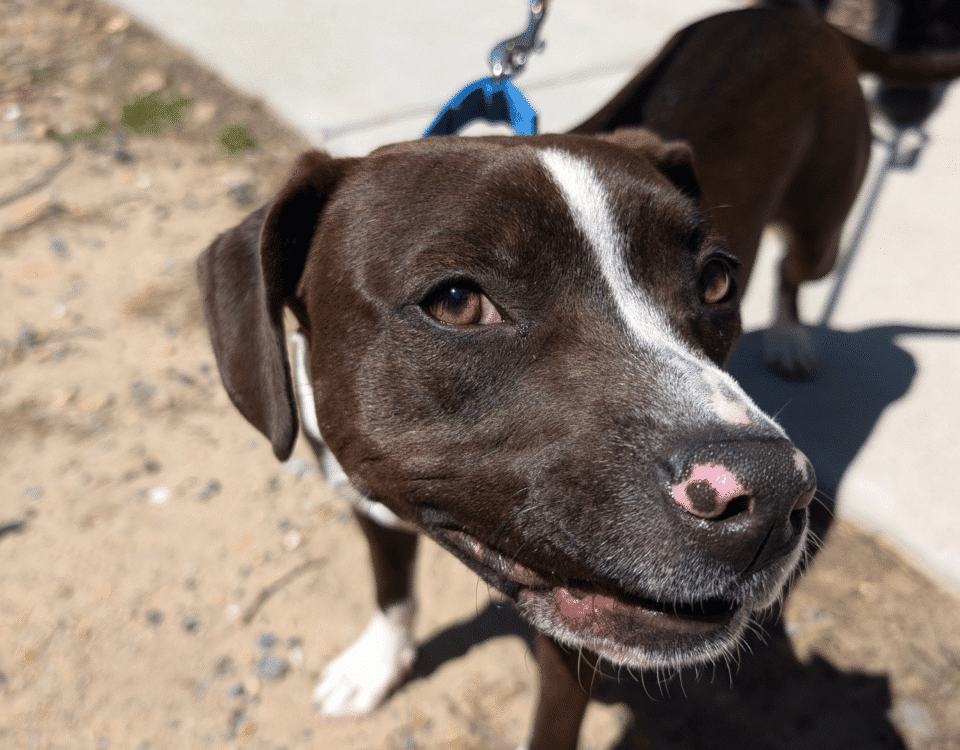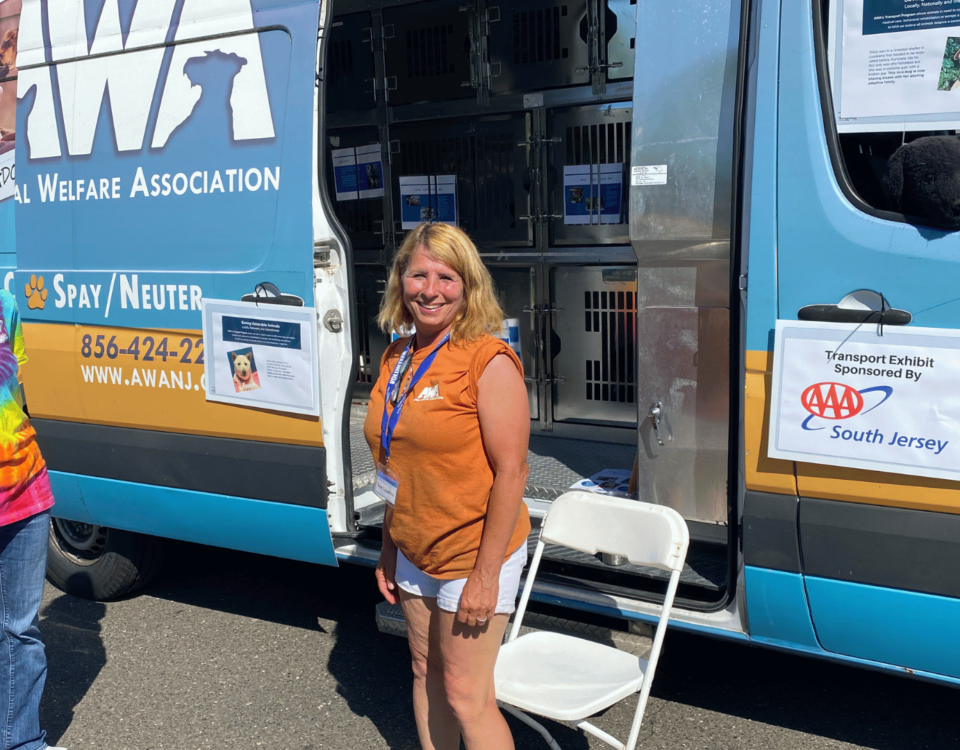Every year, millions of small animals, like dogs and cats, end up in shelters. They are often scared, lonely, and longing for love. The team at Animal Welfare Association works to find these animals forever homes. They do this through pet adoption events and community outreach.
Despite these efforts, the heartbreaking cycle of pet homelessness continues. This reality highlights an urgent need for spay and neuter services. These services control pet populations and promote responsible ownership. They also improve animal welfare and ease the strain on local shelters. Together, we can change the story for these animals.
Understanding the Problem of Pet Overpopulation
The statistics are staggering. In the United States, about 6.3 million pets enter shelters every year, according to the ASPCA. Many find homes for pets at adoption centers and humane societies. But the sheer volume of animals often overwhelms their resources. This issue is worse in areas with little support for animal rescues and local shelters.
Spay and neuter services provide a proactive solution to this crisis. By preventing unwanted litters, these procedures reduce the number of animals entering shelters, helping to break the cycle of overpopulation. For pet owners, it’s an act of love and responsibility – one that benefits not only their own furry friends but also the broader community.
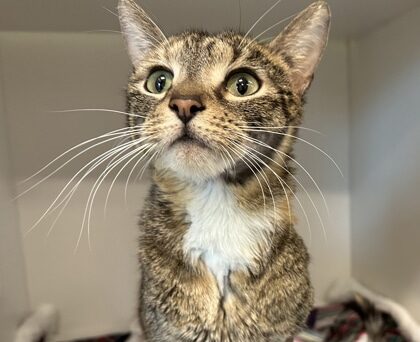
Benefits of Spay and Neuter Services
Spaying and neutering offer many advantages for pets, their owners, and the community.
Healthier Pets:
- Spayed females are less likely to get uterine infections and cancer. Neutered males have a lower risk of cancer and prostate problems.
- Altered pets often live longer, healthier lives. They can share more joyful years with their families.
Improved Behavior:
- Neutered male dogs and cats are less likely to roam for mates. This reduces their risk of injury or getting lost.
- These procedures can also reduce aggression and prevent indoor marking.
Community Impact:
- Spaying and neutering reduce stray animals. This lowers bites, property damage, and disease spread.
- Local animal shelters can focus more on caring for animals and helping adoptions.
The Role of Trap-Neuter-Return Programs
Trap-Neuter-Return (TNR) programs are key to spay and neuter efforts. They help manage feral cat populations. These programs involve trapping stray and feral cats in a humane manner. They spay or neuter the cats and return them to their original location. TNR programs provide several benefits:
- Population Control: TNR programs help stabilize and reduce outdoor cat populations. They do this by preventing feral cats from reproducing.
- Improved Health: TNR vaccines protect spayed and neutered cats from diseases. They are also less likely to have reproductive health issues.
- Community Harmony: Altered cats are less likely to yowl, fight, or spray. This improves their relationships with the community.
Animal Welfare Association supports TNR programs through our Feral Fix program and MASH Clinics. They aim to reduce pet homelessness. These programs aim to find a humane, effective solution for stray animals. They also seek to prevent feral cats from flooding shelters.
Learn more about Feral Fix and MASH Clinics:
Ways to Support Spay and Neuter Initiatives
Adopting a pet is a great start. But there are many other ways to help reduce pet homelessness. We can support spay and neuter services.
- Donate to Animal Shelters: Your gifts can fund spay and neuter programs, pet vaccine clinics, and other vital services.
- Volunteer with Animals: Shelters always need extra hands. Volunteering can involve anything from caring for animals to helping at spay/neuter clinics. It can also include organizing fundraisers for shelters.
- Sponsor a Pet: Sponsorship programs let you pay for additional support of a shelter animal. It boosts their chances of adoption.
- Spread Awareness: Teach friends and family the importance of spay and neuter services. Sharing info on social media or at events can inspire action.

A Future with Fewer Homeless Animals
To reduce pet homelessness, we need proactive solutions. This includes spaying and neutering. By fixing overpopulation, we can stop unwanted litters that end up in shelters. Spaying and neutering reduce homeless animals. They also create healthier pets and communities. By supporting accessible spay and neuter services, we help animals. They can then live full, happy lives, free from overcrowded shelters.
Together, we can create a future where everyone cares for every pet. No animal should face the challenges of homelessness. It starts with making spaying and neutering a priority in our communities. With every pet altered, we take one step closer to a world where every animal has a loving, forever home.



